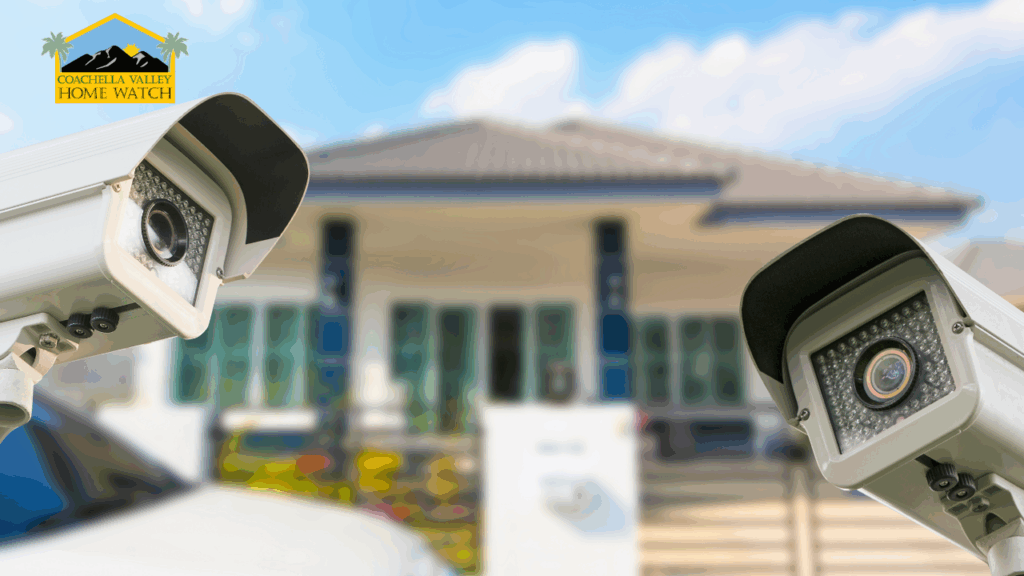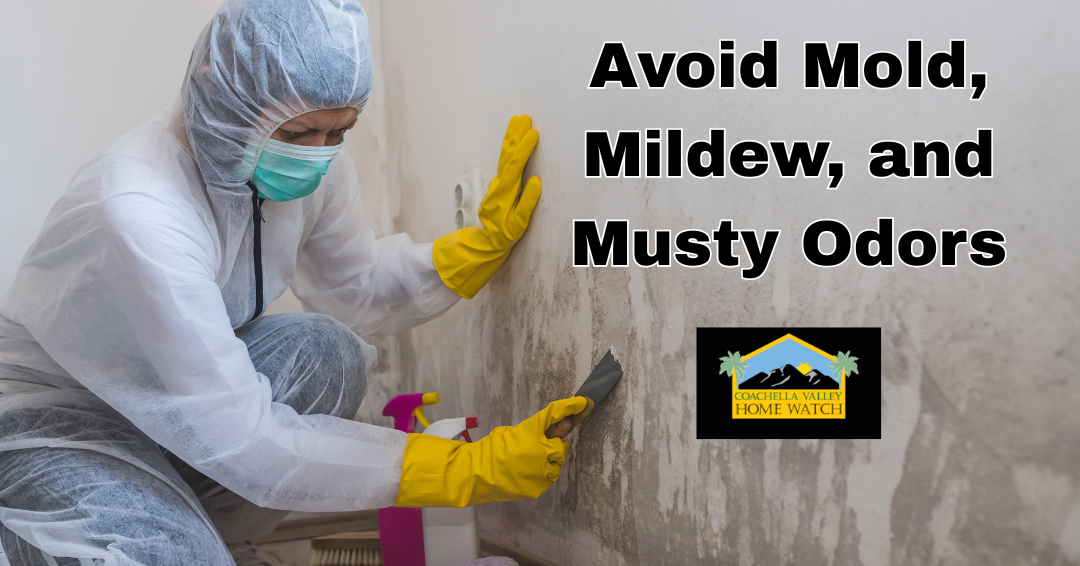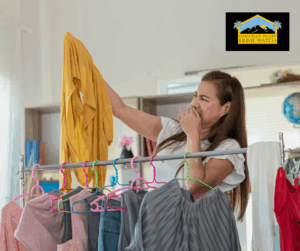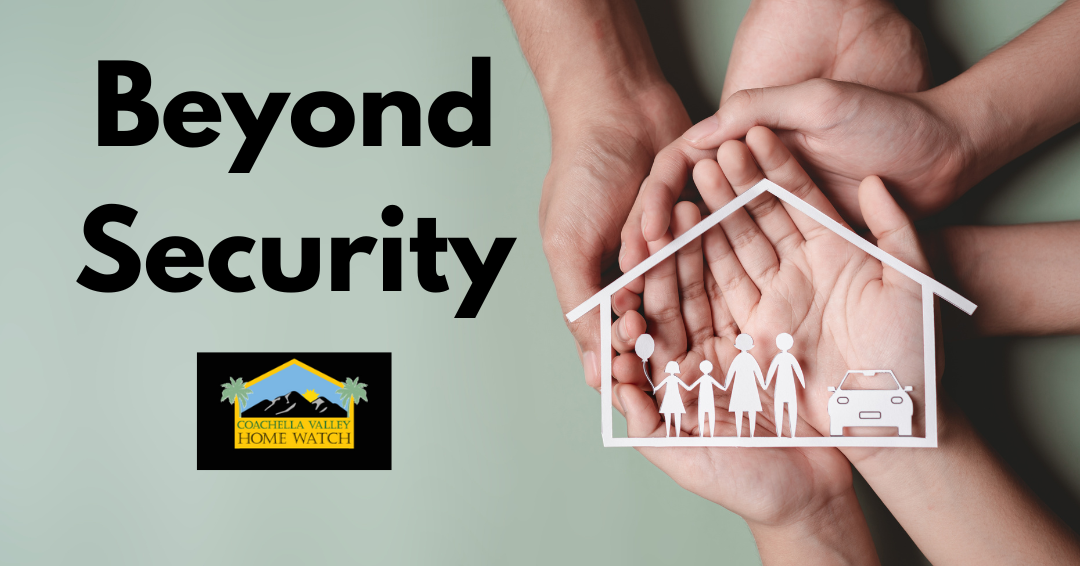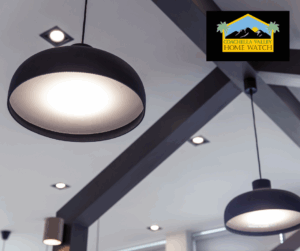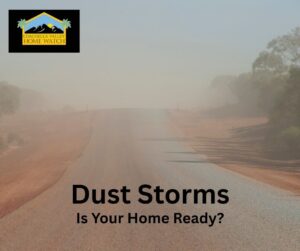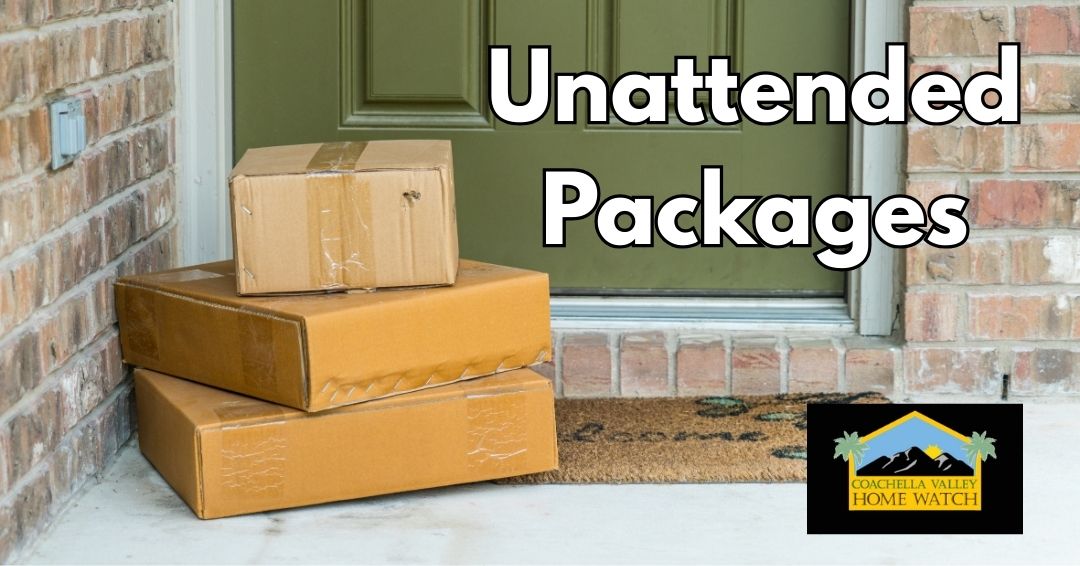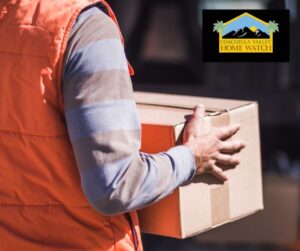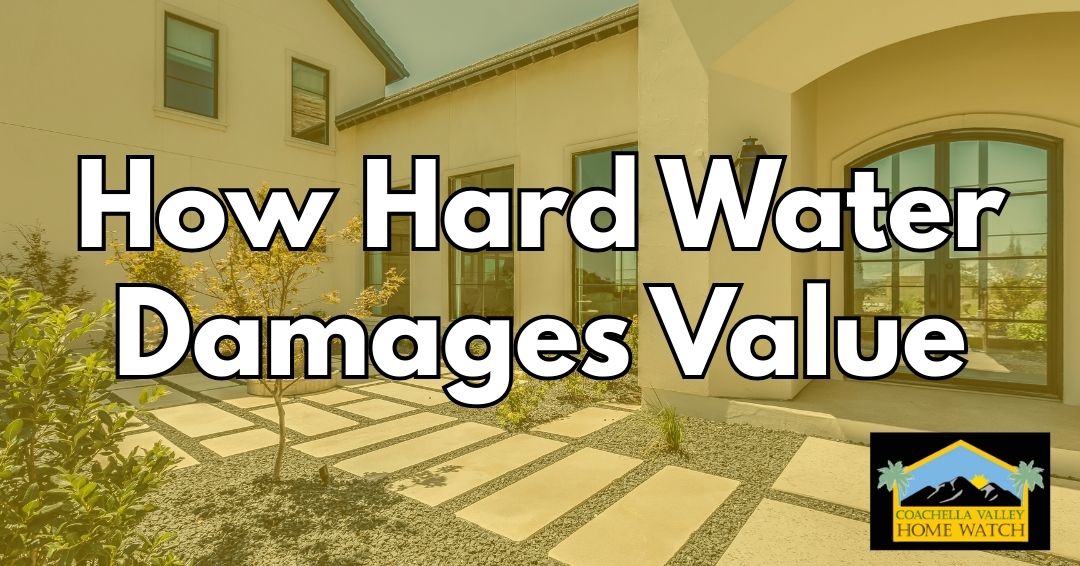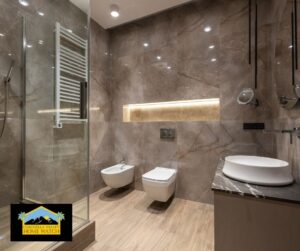The holiday season is meant to be a time of comfort, celebration, and connection — not a time to worry about your Coachella Valley home while you’re away. Yet even short trips during November and December can leave seasonal homes unexpectedly vulnerable.
In the desert, the combination of cooler nights, busy travel weeks, and shifting weather patterns creates ideal conditions for small issues to grow unnoticed. A tripped breaker, a clogged irrigation line, or a sudden temperature swing can all happen silently — and escalate quickly when no one is there to intervene.
Whether you’re traveling to see family or simply stepping away for a few days, here’s why holiday absences deserve a little extra attention.
1. The Holidays Bring Sudden Temperature Swings
While the Coachella Valley is known for heat, late fall and early winter can bring unpredictable shifts — warm days followed by cold nights.
These fluctuations put extra stress on:
- HVAC systems
- Water heaters
- Irrigation and sprinkler lines
- Seals around windows and doors
A home sitting empty, even for a long weekend, can experience:
- condensation
- increased humidity in closed rooms
- stress on aging systems
- reduced air circulation
According to the U.S. Department of Energy, HVAC inefficiencies and temperature swings are a leading cause of unexpected system failures during the colder months.
A Home Watch service ensures systems are functioning and stable while you’re away — preventing small imbalances from becoming expensive surprises.
2. Short Trips Still Create Long Opportunities for Issues
Even if you’re gone only two or three days, holiday travel overlaps with:
- peak package deliveries
- landscaping schedule changes
- irrigation timer shifts
- increased pest activity
- higher foot traffic in gated communities
A single package left on the porch or an irrigation leak unnoticed until your return can create both security and maintenance issues.
It’s the perfect example of why short absences shouldn’t be ignored.
3. Holiday Travel Means Delayed Responses When Issues Arise
HVAC contractors, plumbers, and maintenance providers often run reduced schedules around:
- Thanksgiving week
- Christmas week
- New Year’s week
If a leak, outage, or failure occurs while you’re gone, response times can be significantly slower — especially during busy seasonal periods. That means a problem that could be resolved quickly in October might sit unattended for days in late December.

To understand how overall home systems behave when occupancy changes, the Environmental Protection Agency provides helpful guidance on seasonal home maintenance: Home Watch visit during holiday travel ensures that minor issues aren’t left to worsen while businesses are closed or short-staffed.
4. Irrigation and Landscaping Often Shift to Winter Schedules
In the Coachella Valley, winter watering schedules change dramatically. HOAs adjust settings, cities implement new watering rules, and landscapers modify routines.
This means:
- timers might be reset incorrectly
- zones may shut off unexpectedly
- leaks can hide longer in cooler weather
- soil changes can stress plants faster than expected
A brief absence + a small irrigation problem can equal major landscaping damage when left unnoticed.
5. Seasonal Homes Need Airflow — Especially During Holiday Closures
Closed-up homes accumulate:
- stale air
- humidity traps in closets
- dust accumulation
- stagnant HVAC cycles

The National Weather Service notes that even low-humidity regions experience micro-humidity variations indoors during winter transitions. Regular Home Watch visits ensure windows, vents, and airflow systems stay balanced — keeping your home smelling fresh and preventing mold or musty odors from developing.
A Few Days Away Can Still Mean a Lot of Change
Most homeowners assume short trips are harmless. But the holiday season creates the perfect storm:
- fluctuating temperatures
- increased deliveries
- slower repair response times
- irrigation schedule changes
- stronger winds and dust
- higher seasonal pest activity
A holiday getaway shouldn’t turn into a stressful homecoming.
A trusted Home Watch service ensures everything stays exactly as you left it — even during the busiest time of the year.
Keep Your Home Holiday-Ready, Even When You’re Away
Your seasonal home deserves peace of mind — especially during the busiest travel season of the year.
If you’d like expert protection while you’re away, Coachella Valley Home Watch is here to help.
A quick check can prevent holiday headaches — and ensure your home is always ready to welcome you back.
Frequently Asked Questions
• What problems can happen during a short holiday absence?
Even two or three days can lead to unnoticed leaks, HVAC strain, irrigation failures, or packages piling up — all of which are more common during the holiday season.
• Why is airflow important when I’m away for a few days?
Closed homes trap moisture and stale air. Brief absences during cooler months can create humidity pockets that encourage odors or mold.
• Does winter weather cause issues in the desert?
Yes. While temperatures are mild, rapid shifts between warm days and cold nights put pressure on HVAC, plumbing, and irrigation systems.
• Why do issues escalate faster around the holidays?
Because repair response times are slower. Contractors book up or close early, meaning small issues may sit longer before being addressed.
• Do I need Home Watch for short trips?
If travel overlaps with holiday weeks or seasonal system changes, yes. Many issues arise quickly — and are cheaper to solve when caught early.




